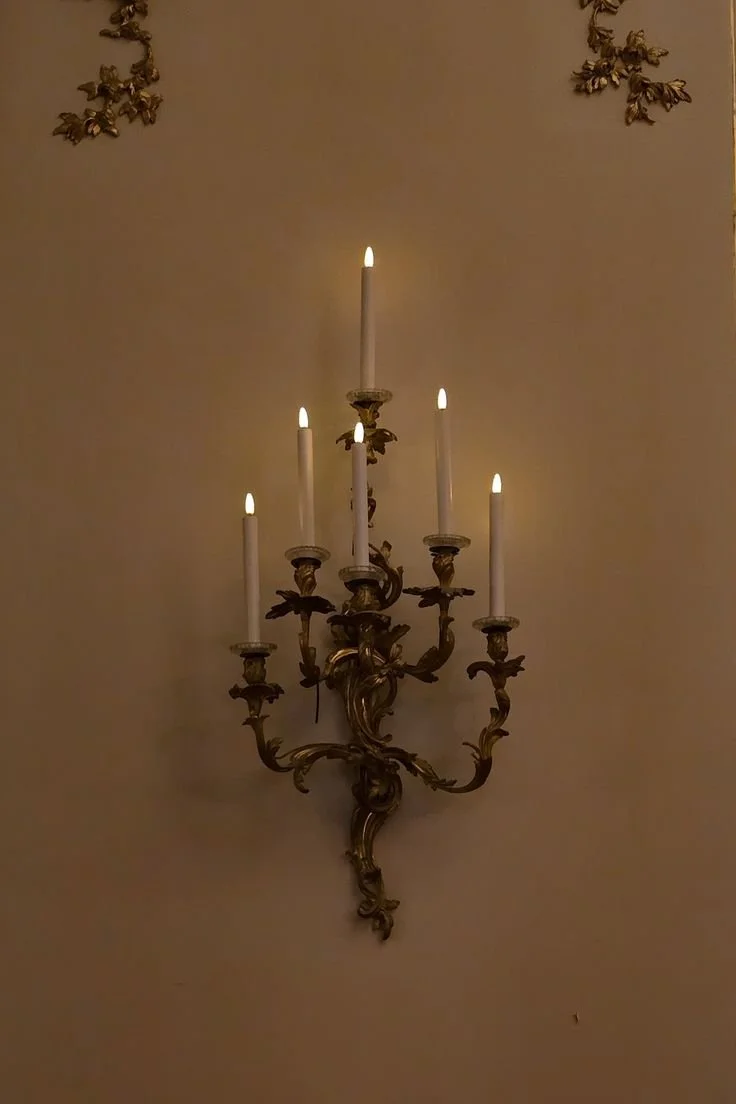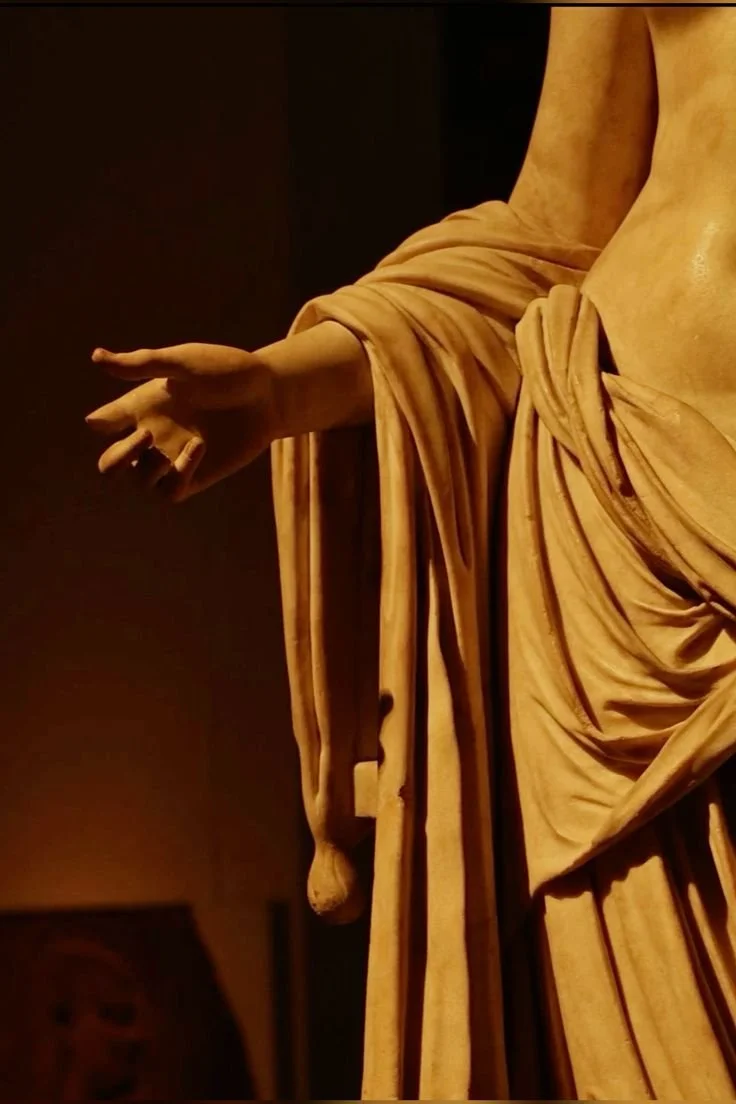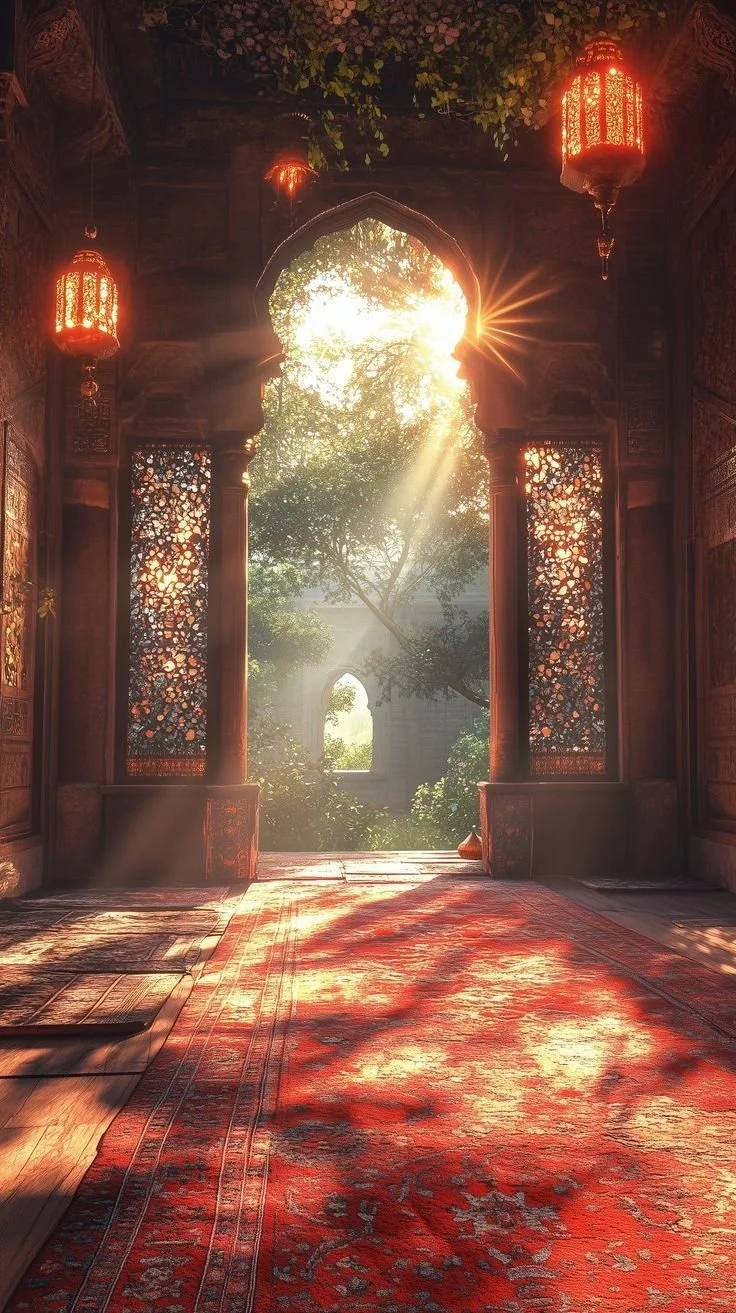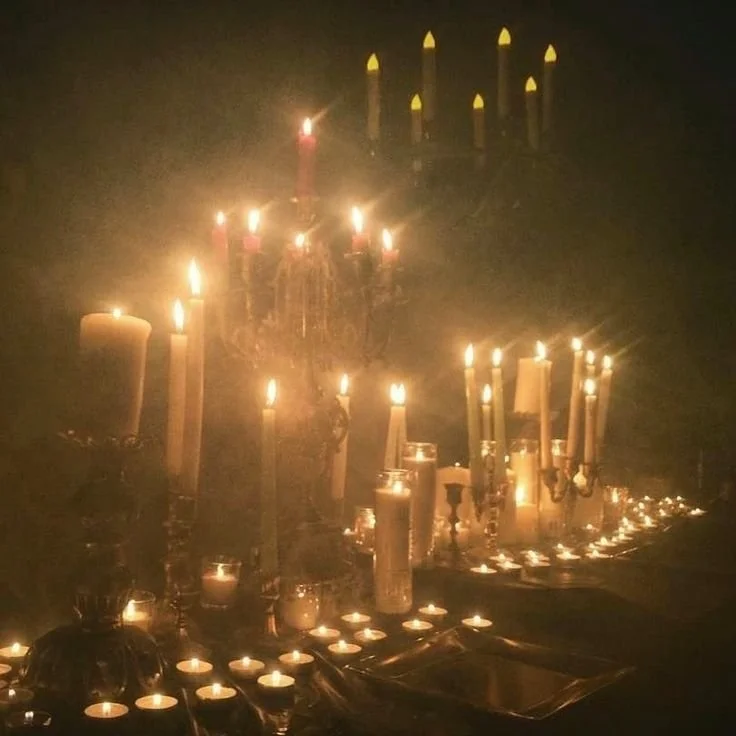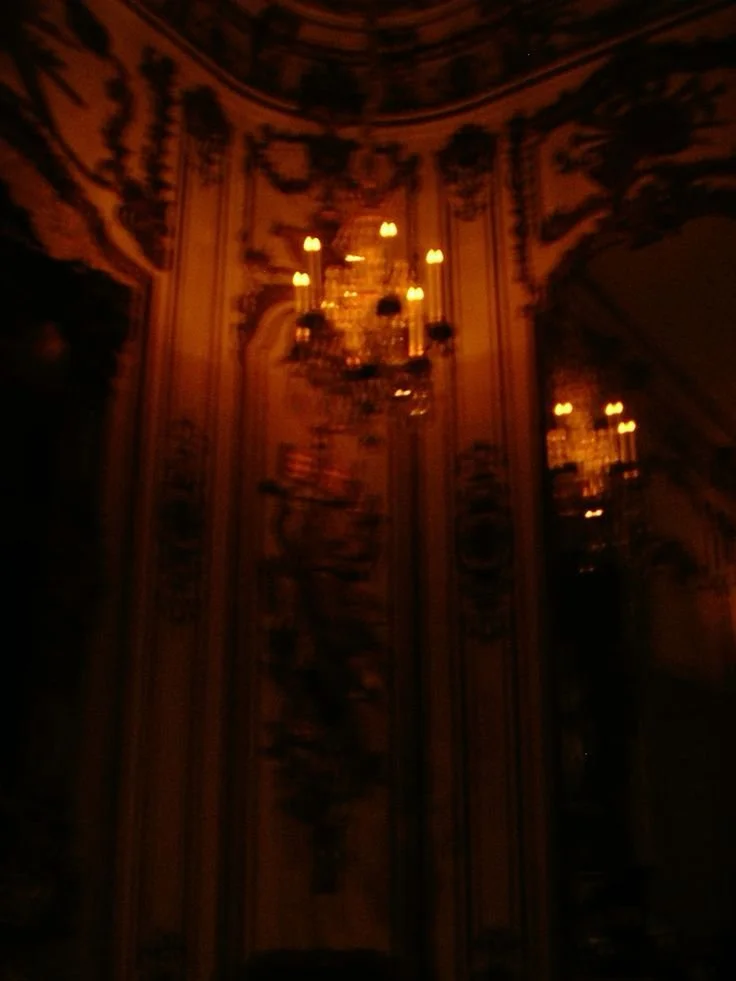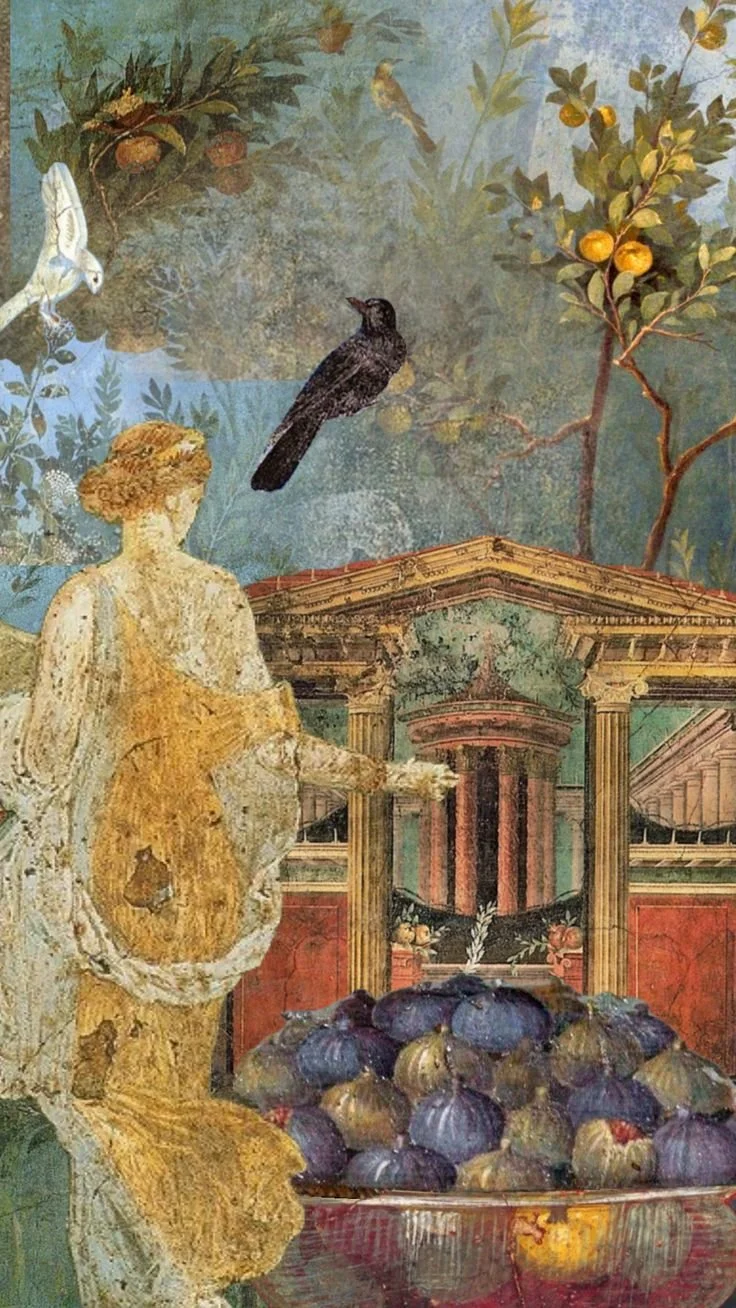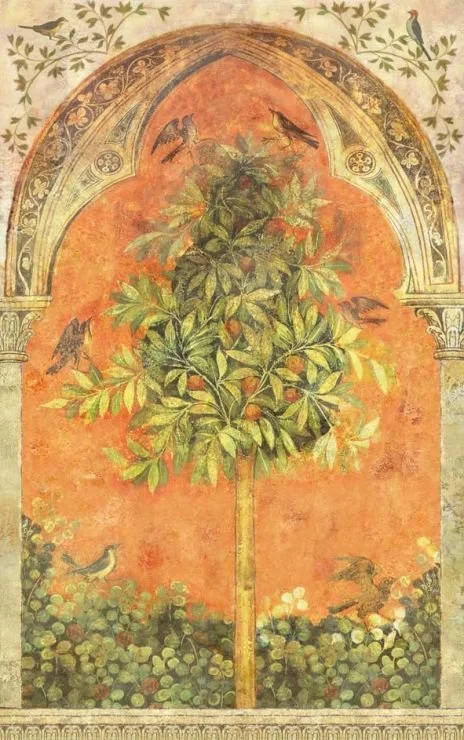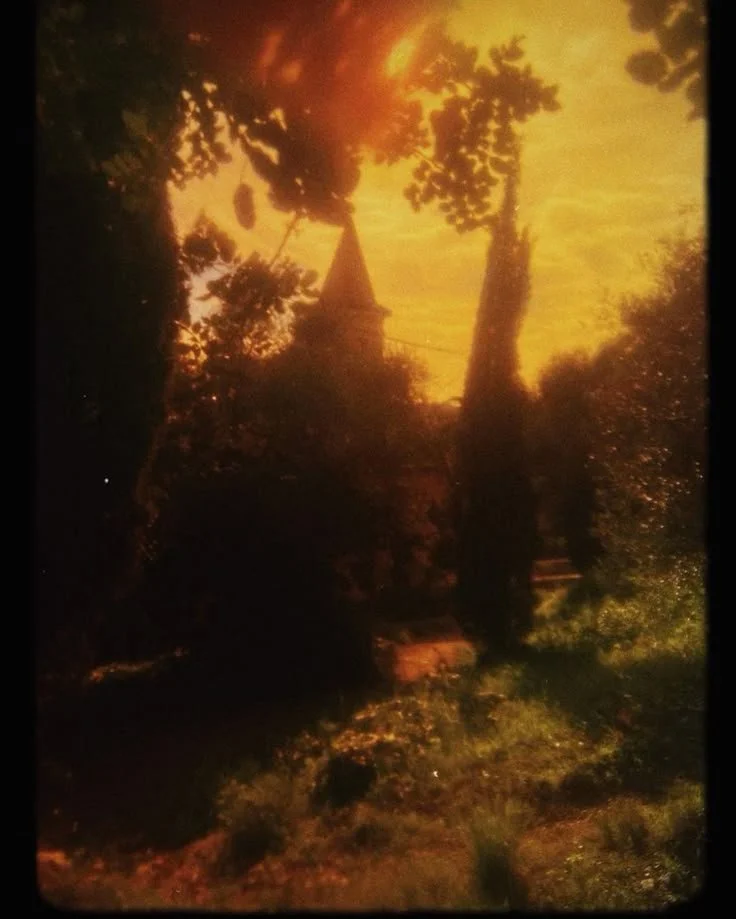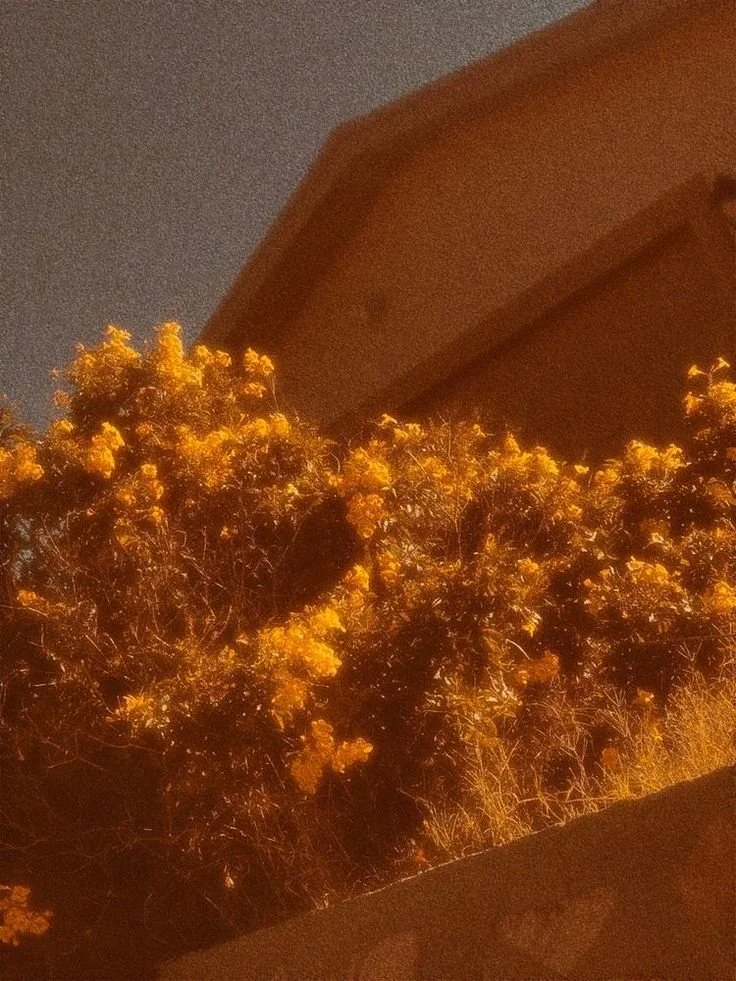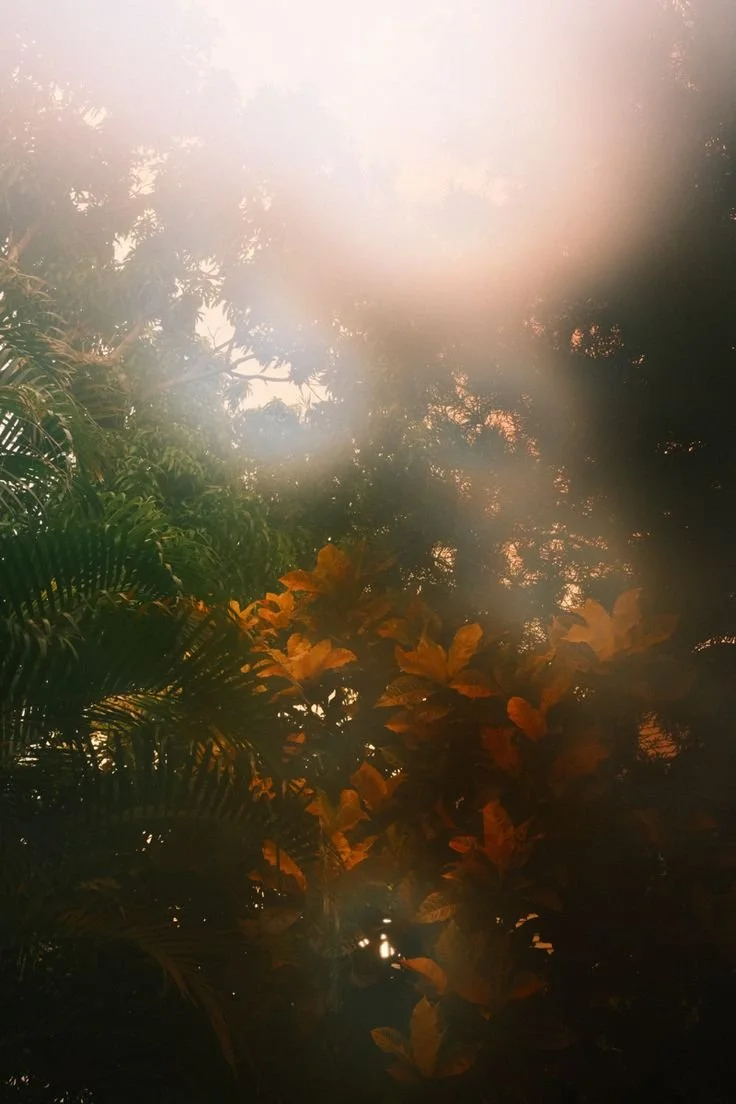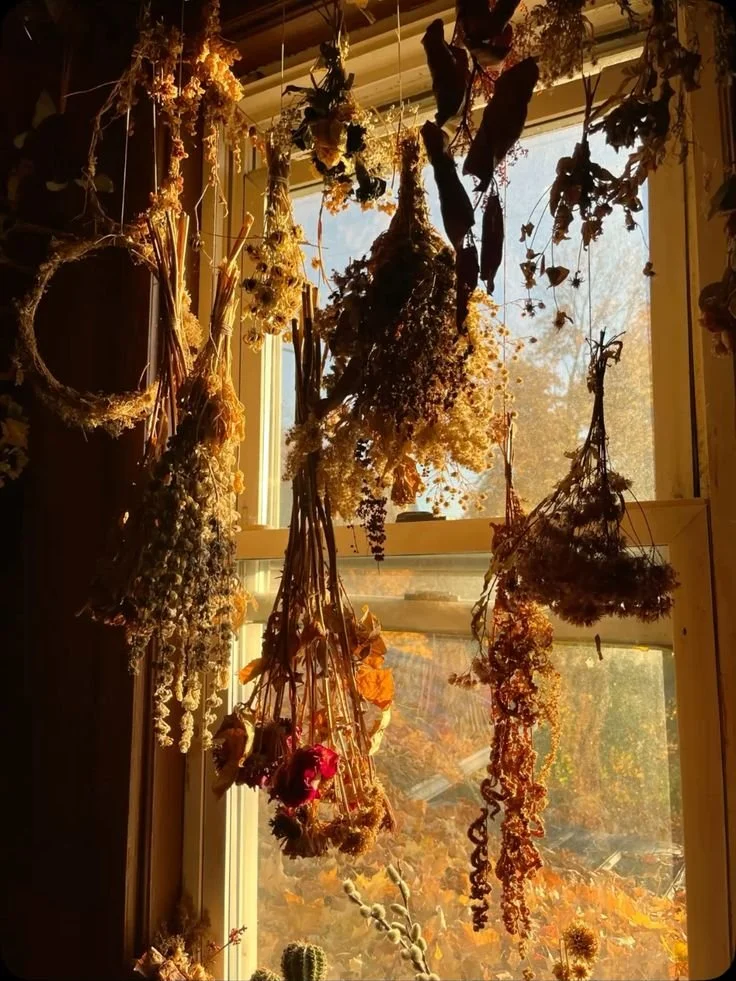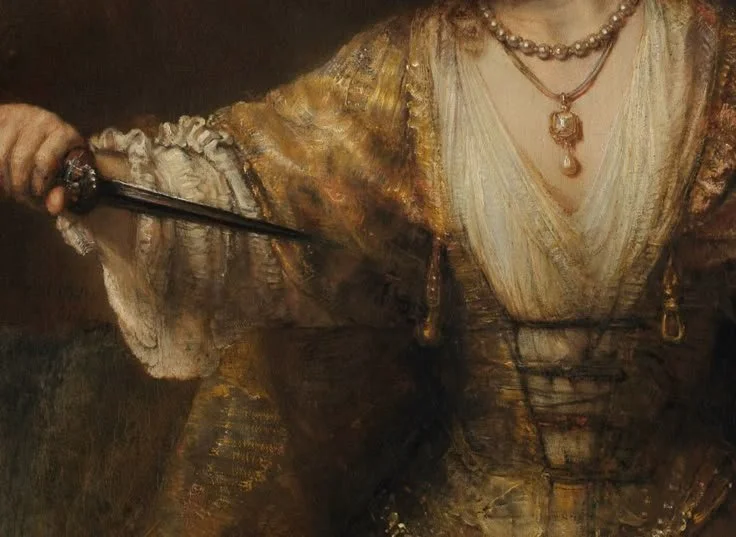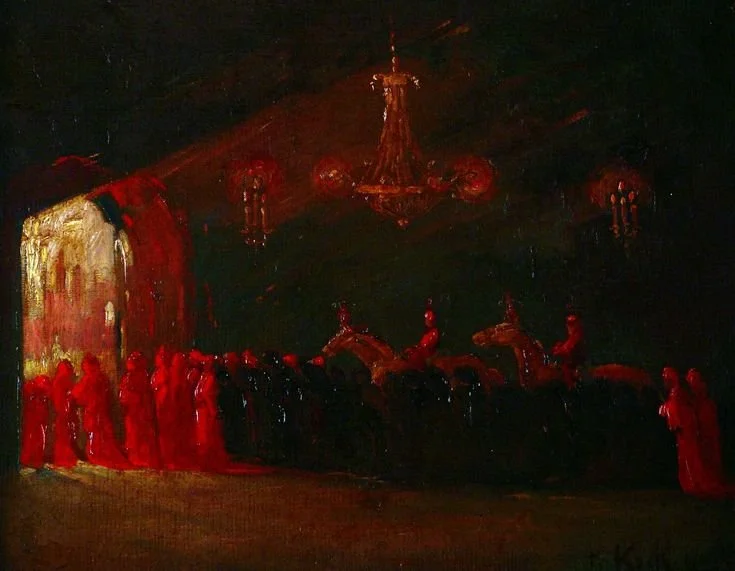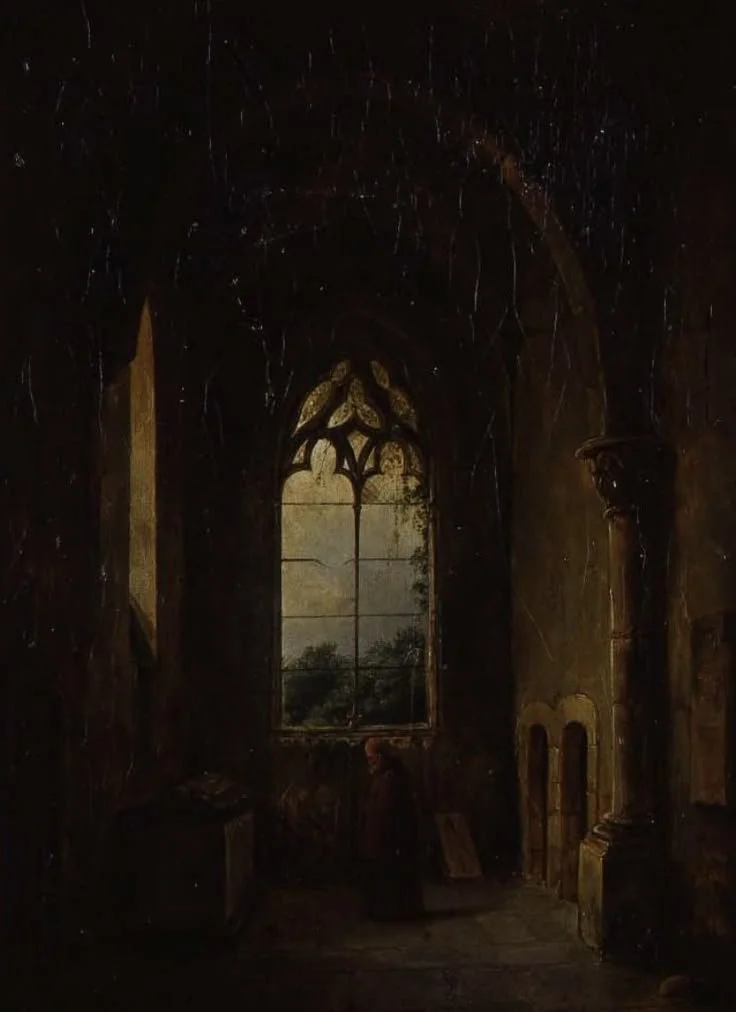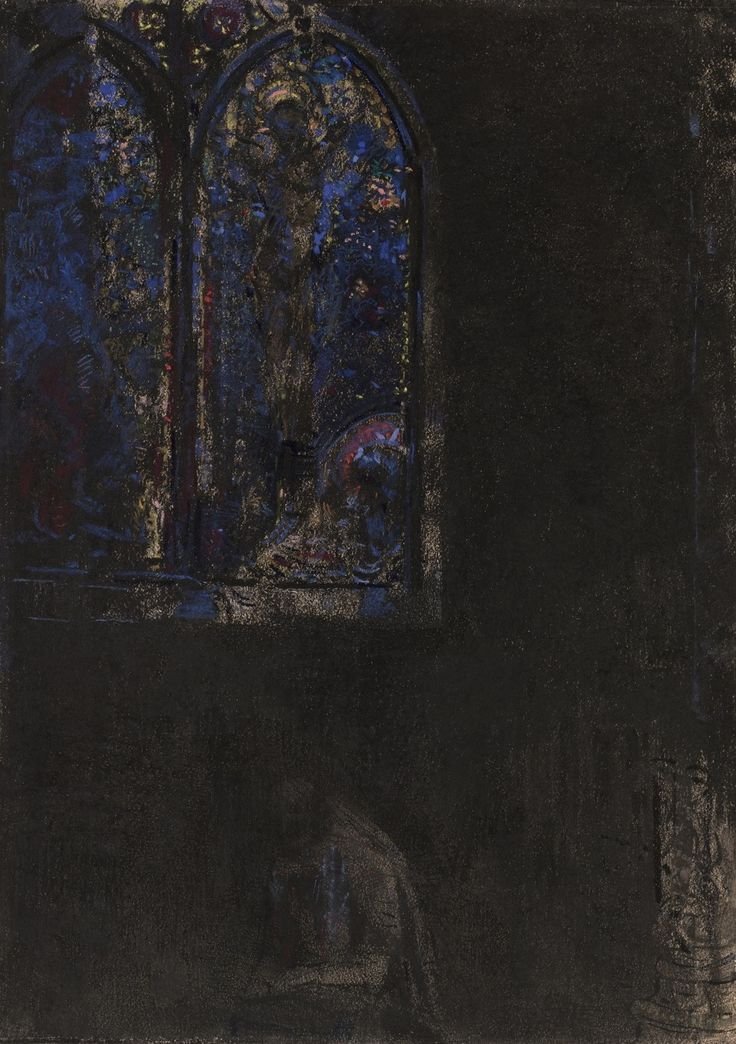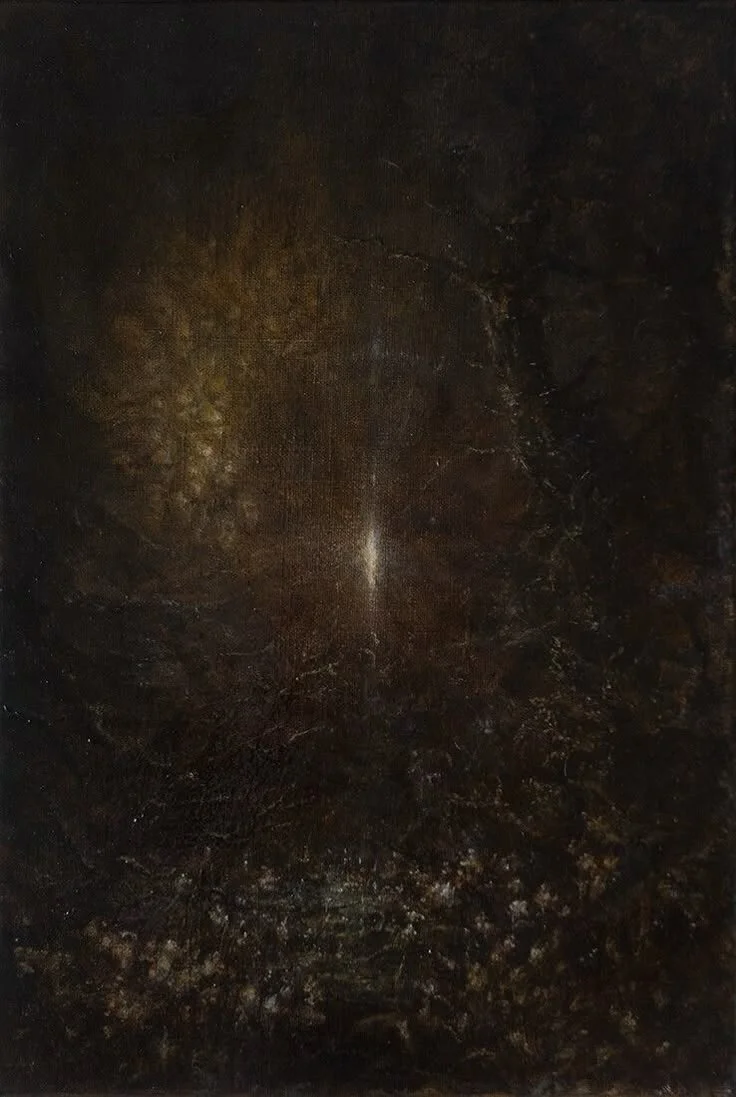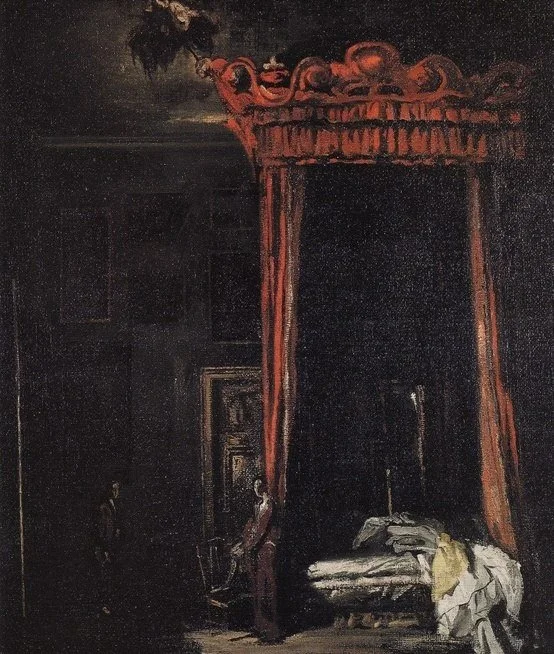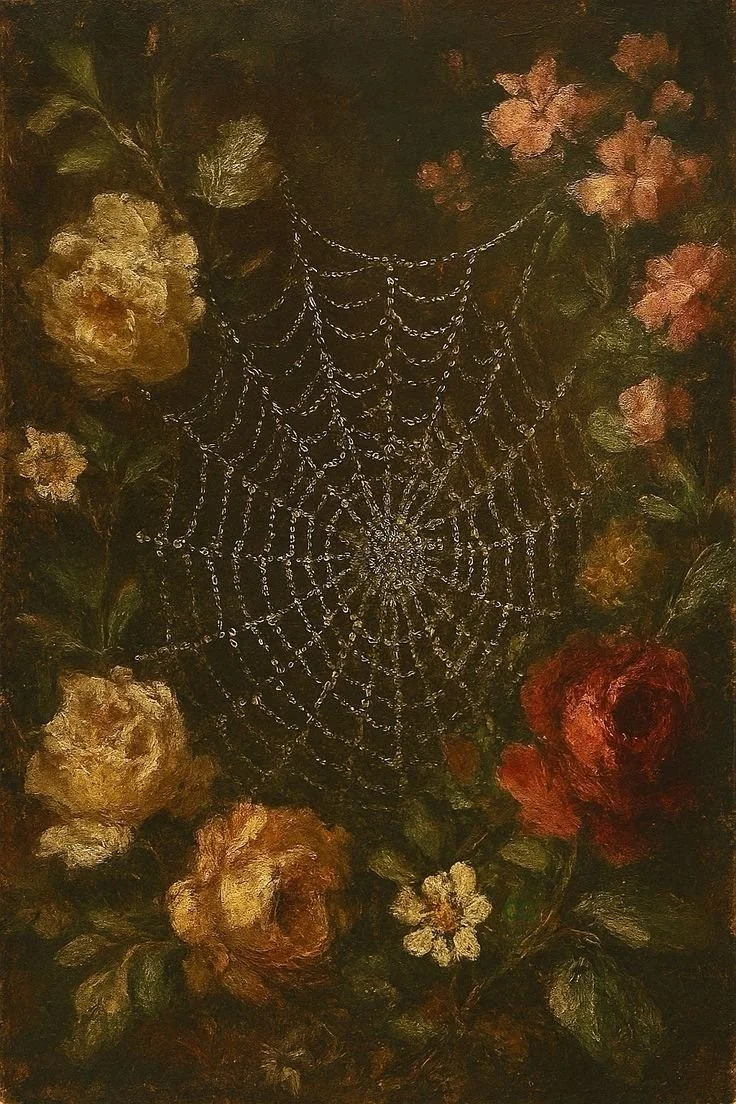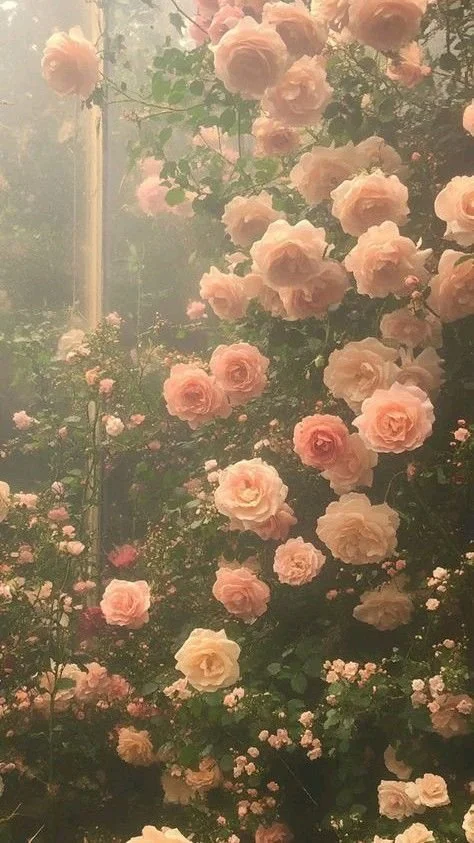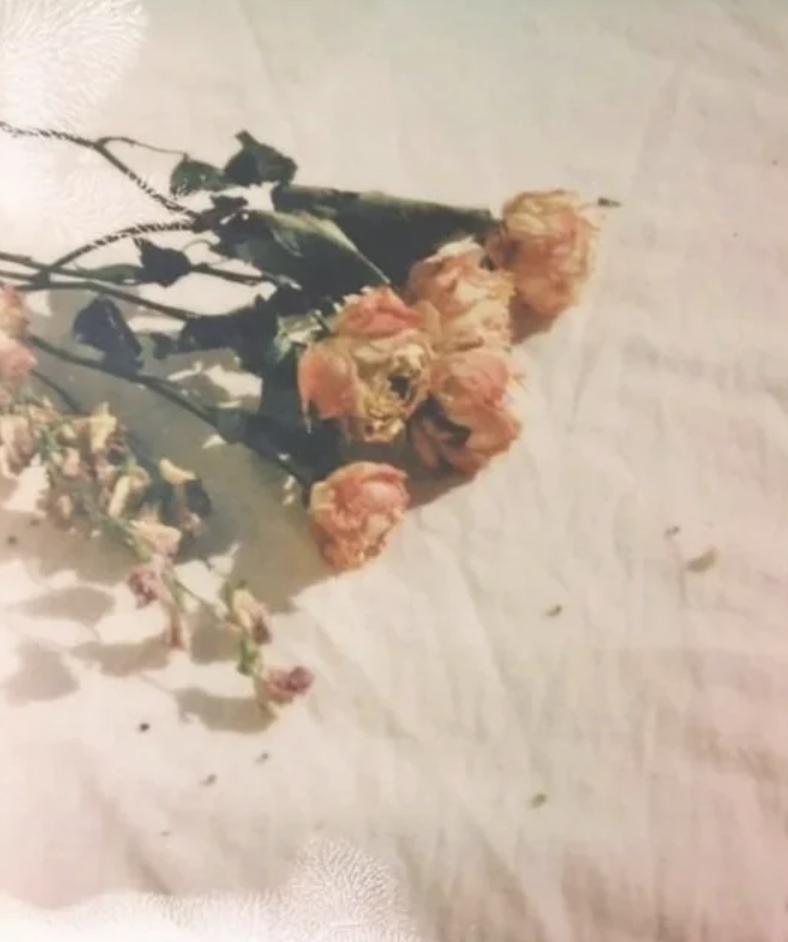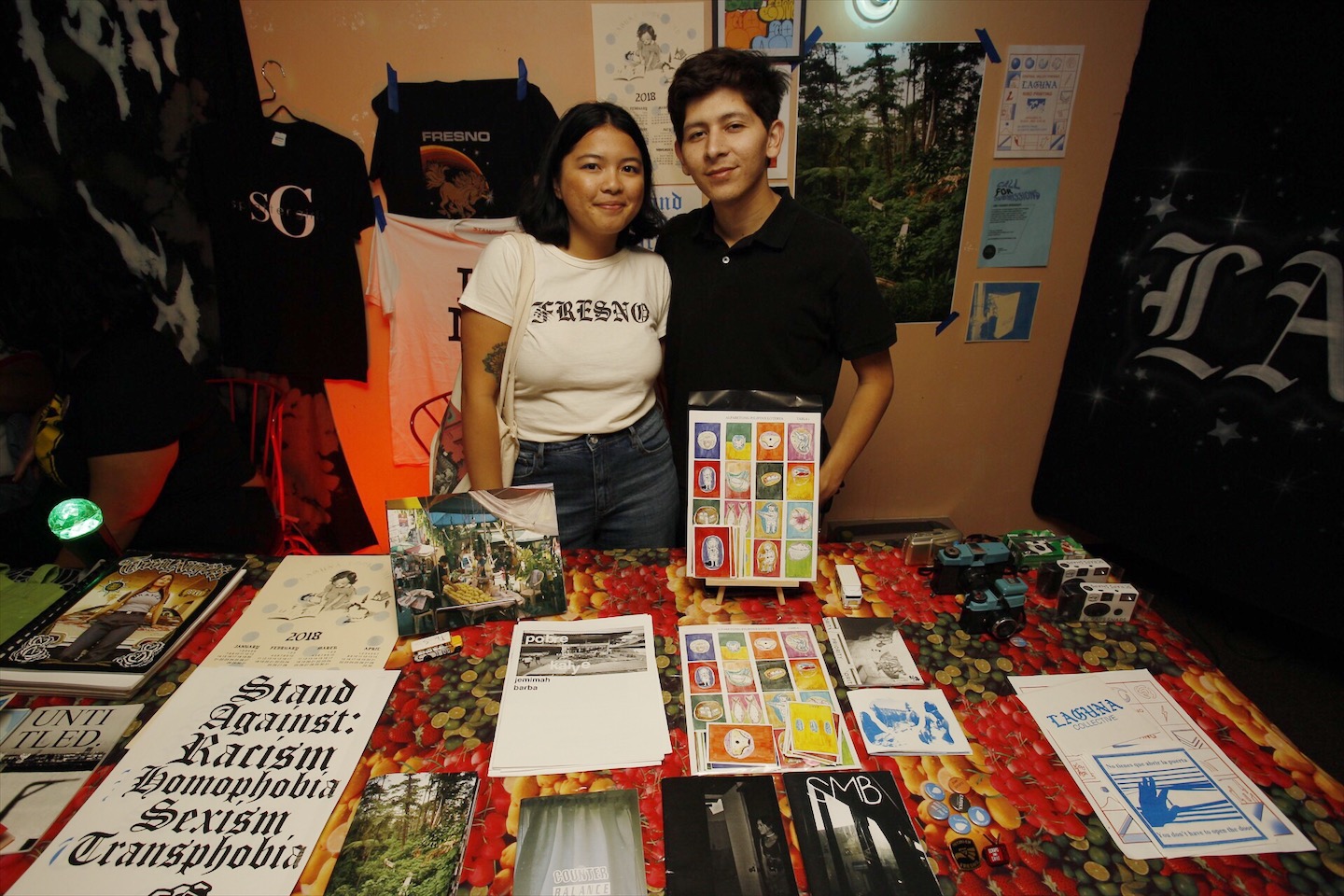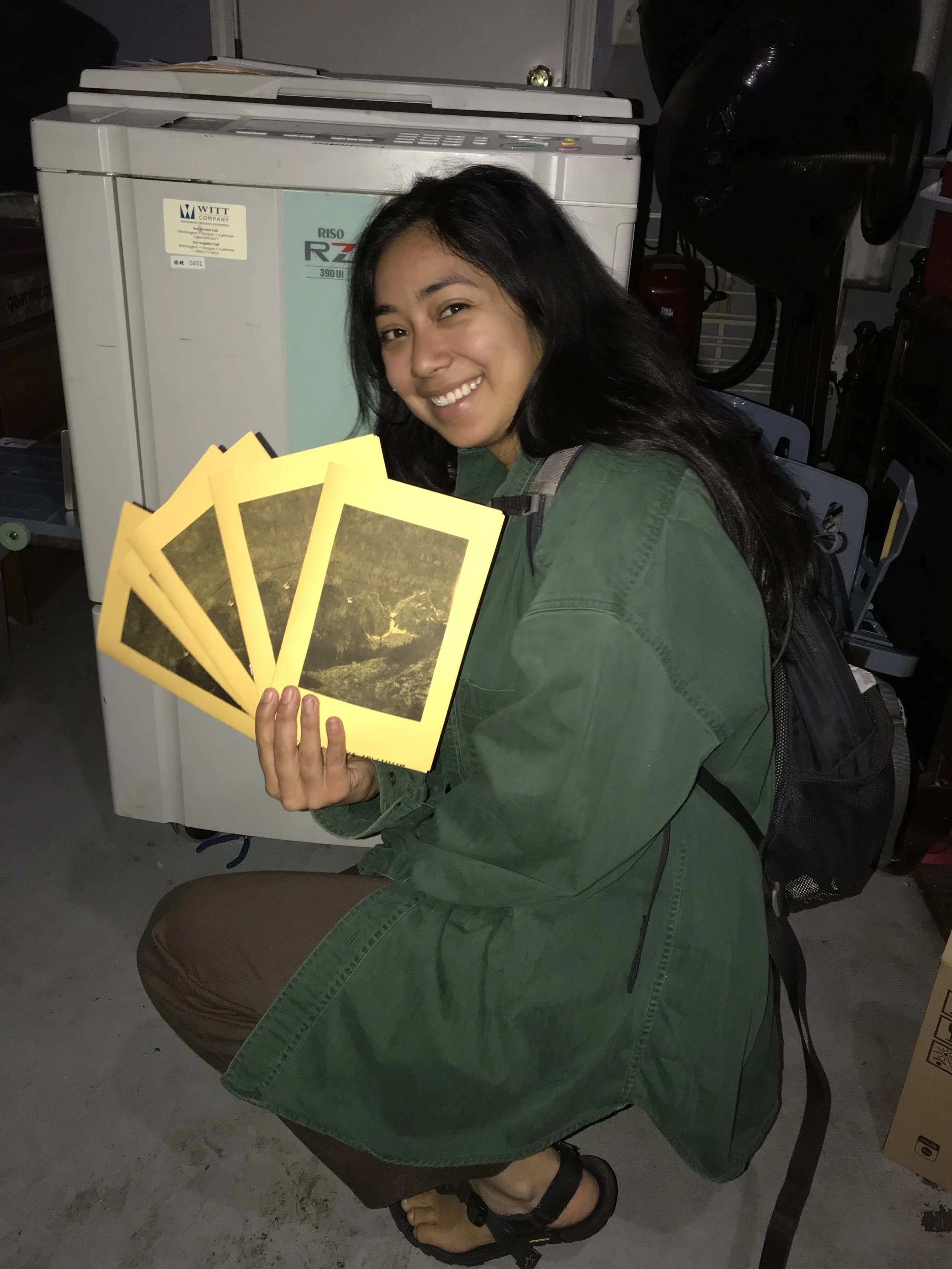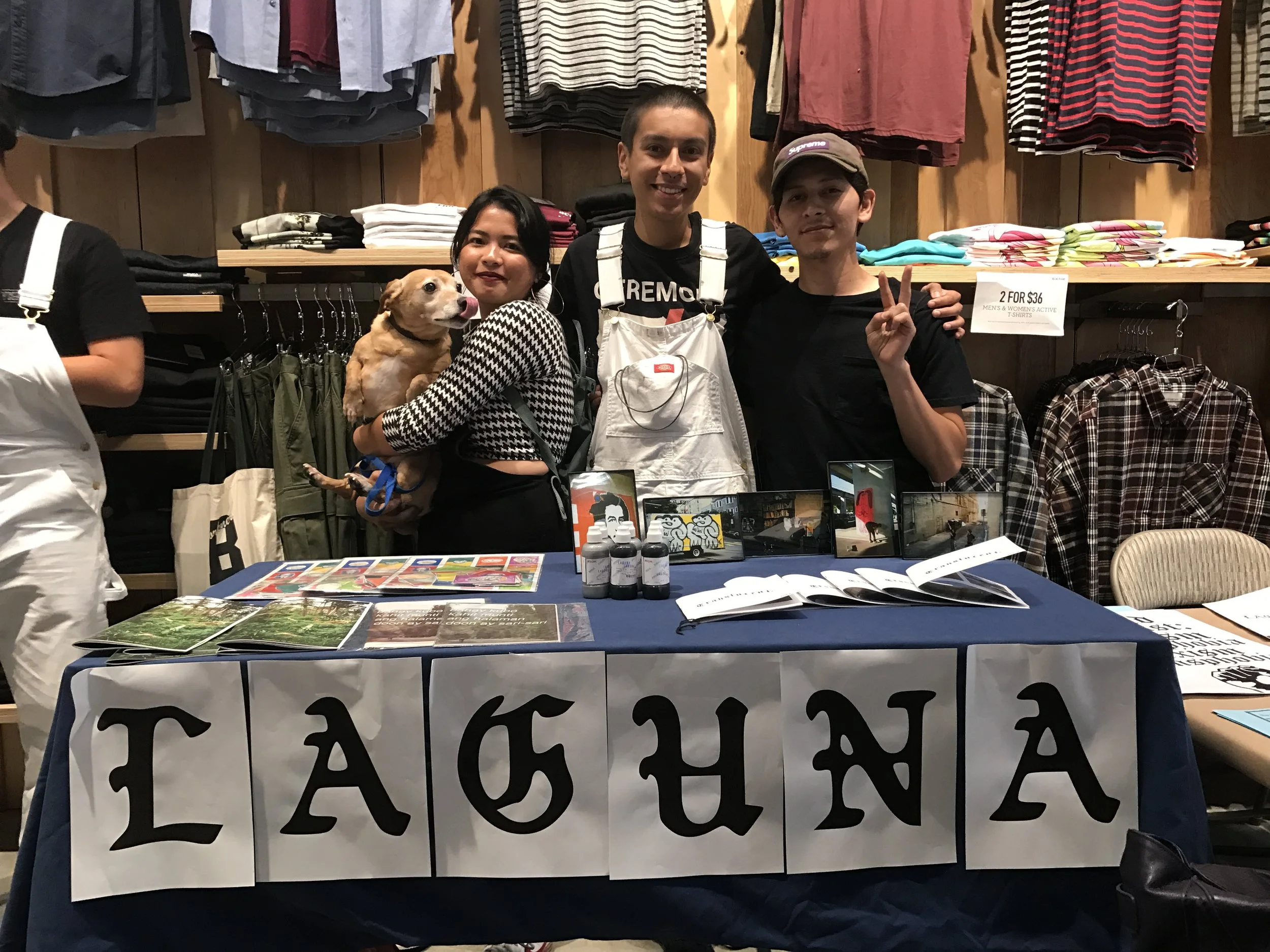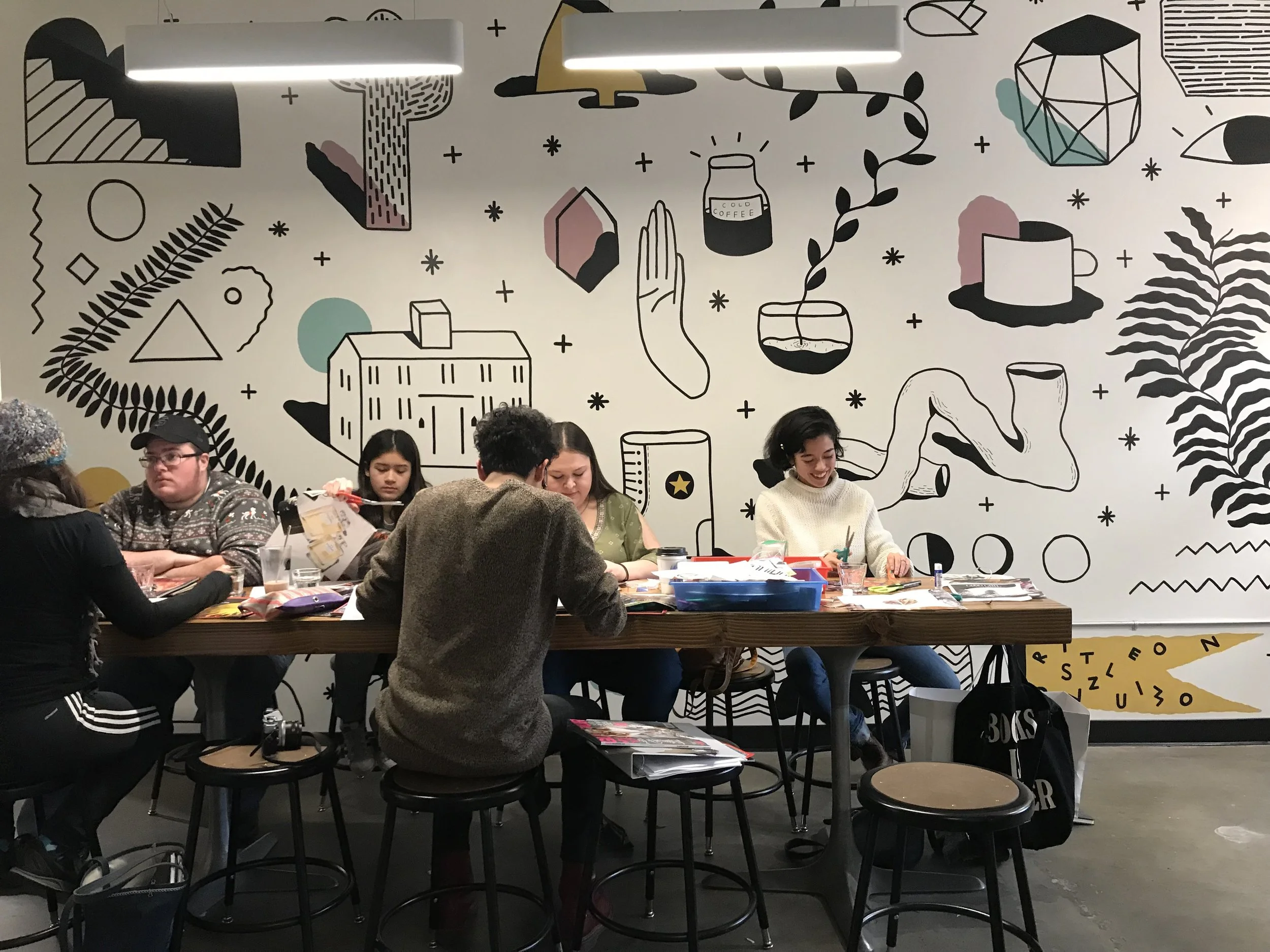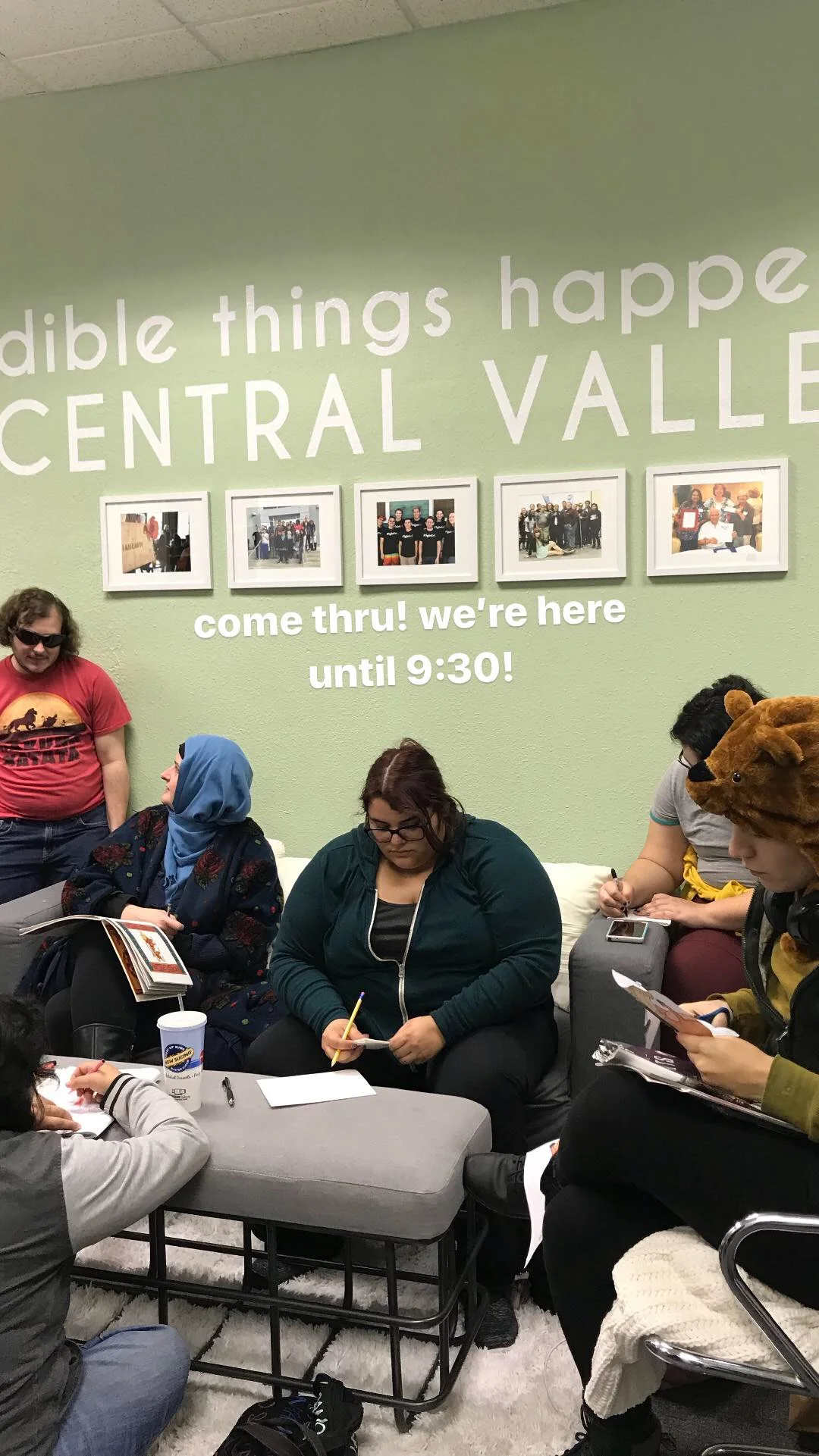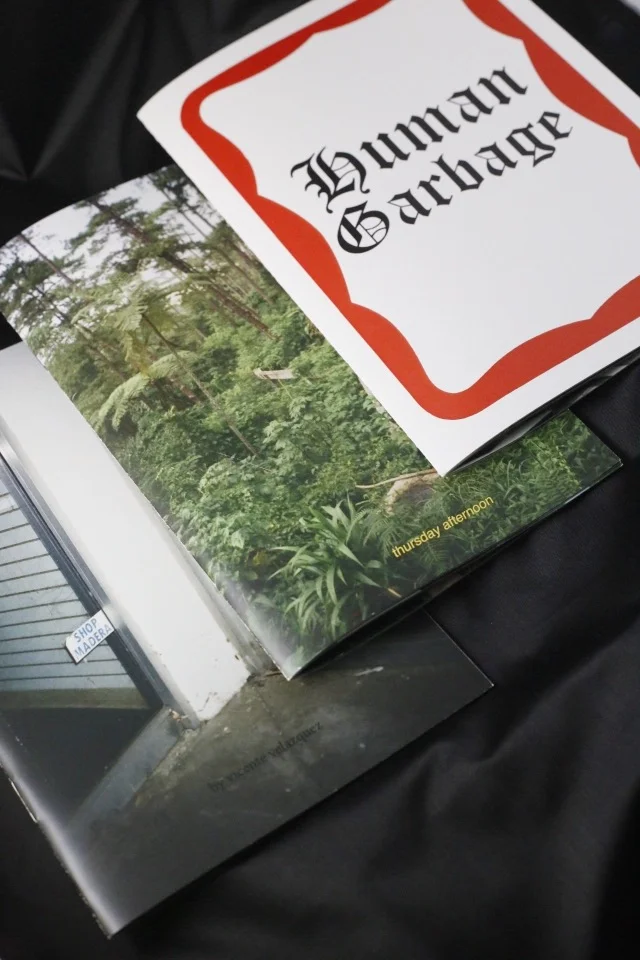BY MONIQUE QUINTANA
I'm fortunate to live in Fresno, CA, a city that is rich in activism and beautiful in resistance. Jemimah Barba of The Laguna Zine Collective shares about the intersections of art, commerce, and community wellness.
Monique Quintana: Can you tell us a little about yourself and talk about the overall vision of the Laguna Zine Collective? How long have you been running Laguna Zine Collective and who is involved in the zine-making process?
Jemimah Barba: I'm the co-founder of Laguna Collective. I was born and raised in Manila, PH, and currently live in Fresno, CA, where I am studying Anthropology and work as a freelance photographer and as an after-school program art teacher. How I ended up in this small ag town of Fresno from an overpopulated city like Manila is a long story, but something I am so grateful to experience.
Laguna Collective’s birth story is almost parallel to 123 Studios’ narrative: both emerged out of necessity. 123 Studios was an art studio in Madera, a smaller town north of Fresno, run by myself and a few other friends (which includes my current partner) from Summer 2016 to Summer 2017. Albeit rather short lived, within one year of co-running the space, I got to experience what community felt like. So once it ended and closed down, my partner Vicente and I had an itch to do more community workshops and continue what we had already going on. But since we lacked a physical space to host events, we had to be more imaginative and had to think of ways to be of service without having the need to pay rent.
What started off as a name for our first cut-and-paste graffiti zine is now a name we use for all the other projects we have. I mentioned the name one day to Vicente, almost whispering it, laguna, and we just nodded and said, yes, that, that’s what we’re going to call it.
With the generosity of strangers and our obligated friends, we raised enough money to buy a printer: a RISO printer, of all printers (which I will talk more in details later). Once we hauled the second RISO from a Seventh-Day Adventist church in Pasadena (the first one was free but broken from Palm Springs), all the way to San Francisco where we got it fixed, back to Fresno. I started to realize this: we can publish anything we want.
What we envision is Fresno’s great need, not only to read, but also to create something to read. We envision a Fresno where its people didn’t fear to write zines and chapbooks, where there is no need to whitewash narratives to appeal to white people, where people printed protests posters in the tone they want to use, and where underserved communities get their chance to write about their lives with their voices as their best tool. I’m not saying this disregarding the fact that we have great poets and writers, but because there needs to be more of them—the ones that probably won’t even be able to take a creative writing class but always wanted to publish something, even something small, a zine.
First customer: Our friend Bree came down from Yosemite to print her first zine.
Our friend Eddie came by to print his first zine.
Laguna is just the name. It sounds cool, and it’s named after a town in the Philippines where my family and I would go on vacations.
From printing, we table whatever we make on our printer. Because we don’t have a storefront or an art studio, this pushes us to do pop-ups at Art Hops and table at zine fairs. We think that fits better with our agenda of dispersing Laguna’s work throughout the Valley and California. From June 2017, when we started, to now, we have tabled at a handful events and will be doing our second workshop at Fresno State (stay tuned).
Our first time tabling as Laguna Collective at Active store in Fresno.
Fresno Zine Fair 2017 featuring our friend Alvino of Holygrail.
MQ: What are some of your current projects? Can you describe one of your recent community events?
JB: Over the winter break, I had an idea to do a call for submission for a small series of zines on Queer issues. It is called "Am I Queer Enough?", a question that surfaced during a conversation with Queer friends at a coffee shop (also just a question many Queers internalize). So, I decided, why not make a zine about it?. So, I posted a flier on a Facebook group and shared it on Instagram. I received about five emails every day for a whole month. But it came down to solid thirty submissions of photography, poetry, and lots of wonderful short stories, which I am still going through.
During this call for submission, we also had the privilege of working with My LBGT+ and Trans E-Motion on a zine workshop at Common Space. It was packed! I was excited and nervous. I think it went well and people got to take home what they started at the workshop.
Both things are what we aim for: to create virtual communities and circles where people feel safe enough to share their ideas, and a physical community where people feel safe enough to show up and share their creative energy.
MQ: I’m interested in how you use a Riso printer. Can you describe that type of printing and what you like about it?
JB: So far, I believe we are the only RISO printer that focuses on zines and art in the Central Valley. But please, if you know other ones, let us know because I need help with the error codes. Prior to owning a RISO printer, Vicente and I were told that it’s like "owning a car without any mechanics around", so we said, perfect, we love to own one because at the time we did not know what kind of mess we were signing up for.
I always tell folks that printing on RISO is very similar to screen printing. You work with layers. Inside a RISO machine is the cylindrical drum where master sheet, which is made out of natural fibers, is wrapped. Once the document is scanned, it is then digitally duplicated on the drum. As long as you don’t change the master on the drum, the duplicate remains printable. Once we got our RISO from the church, we found a master on the drum which had the the church’s pamphlet information. Because our RISO only prints one color at a time, we need to plan deliberately: which color should I print first? How is that going to look like? What gradient should I use? Etc. It’s a lot of work, but the results are so, so worth it.
RELATED: Art, Activism & Motherhood: Poet & Book Binder Rebecca Gonzales
2018 blue and black risograph by Jemimah Barba.
A red and black riso print by Jemimah Barba.
Another thing I’ll say is that RISOs were not invented with the intention to use for art. It was made for businesses and mostly for schools and churches. Now, many graphic designers try to mimic RISO prints with its off-registration, gradients, and texture. It’s truly a wonderful machine once you get used to it. Each machine has their own quirks and issues but working with them you are inadvertently being trained to be your own RISO technician.
I love our RISO because every time we print on it, it never ceases to amaze me with its results. It can print about 100 or more copies a minute, and it is very eco-friendly with its soy based ink and how it uses about 90% less energy to make copies. Sweet deal.
MQ: How do you think zine making and zine reading helps with individual wellness and community wellness?
JB: Zines are self-generated. Personal zines or per-zines often sprout from the feeling of an individual’s need to share an experience, which they’ve come out of or currently experiencing. Since there are no rules (noooooo ruuuules!!) in zine-making, the writer has the full authority on what goes on in their zines. Some may consider making zines a therapeutic thing. Some make it to share artwork and drawings.
Making zines can be a form of activism: self-publishing information from academia and making it accessible by using a certain vernacular, by giving away zines for free, creating non-copyrighted (copylefted) zines that are meant for reproducing and reprinting, are just some examples that help community to be informed on ways to heal, operate collectively, and to know their rights, etc. There are many zines that talk about decolonization, health and illnesses, relationships, etc., just like how there are many genres of books. It’s like spreading what we call in Tagalog tsismis (chisme/gossip) but in forms of printed matter.
Beautiful volunteers for "Am I Queer Enough?" zine making collages and just hanging out.
Our zine workshop at Common Space in December 207.
MQ: What would you like people to know about zines as a genre? Why are they so important during this current political climate?
JB: I want everyone to know this: if you are mad about anything that is going on right now, make a zine about it. We need more of everything. We need your voice. Print it. Immortalize it. Paper, pen, stapler. Your voice. Use writing as a form of resistance. Make copies of your zines for your friends and family. You know the African proverb: "until the lions have their own historians, the history of the hunt will always glorify the hunter"? Let’s change that.
Phillip Martin's iconic Stand Against poster in Spanish.
MQ: What advice would you give to new zine makers? What are some things that you have learned about the zine making and vending process?
JB:
1. Even if there is already a zine on a topic you want to write about, fuck it, write it anyway. Working on my last zine, "thursday afternoon", I knew people have already made photography zines on going back home to Manila. That didn’t stop me from making it because it wasn’t primarily made for other people. I made it for myself—to preserve and to compare what I had always known about my hometown versus what had changed. It was trippy.
Zines by (from left to right) Vicente Velazquez III, Jemimah Barba, and Phillip Martin.
2. Collect zines. Start off small. The best way to buy zines is to go to your local zine fair (and yes, we do have zine fairs in Fresno) because you usually get to meet the writers and you can ask them about their stuff.
3. Take your time. Rushing to make something is understable when working with a deadline, I get it. I know how it’s like feeling as if you have to be as productive as your friends, but no need. Things come together in the right time.
4. Use sliding scale for your prices. We usually suggest for people to pay between $3-5 sometimes $7-10, sometimes free. It all depends too how much time, money, and energy are put into each item. Simple business stuff. But always make sure you have the means to reprint again, if desired.
5. Lastly, if you’re thinking of printing, talk to us and don’t go to Fed Ex.
If you’ve ever helped us, created with us, and collaborated with us, you are part of Laguna Collective.
Contact info:
LagunaZineCollective@gmail.com
Laguna Collective set up in Bakersfield for First Friday. January 2018
Monique Quintana is a contributing editor at Luna Luna Magazine, and her work has appeared in Huizache, Bordersenses, and The Acentos Review, among other publications. She is an alumna of the Community of Writers at Squaw Valley and the Sundress Academy of the Arts and has been nominated for Best of the Net. She blogs about Latinx literature at her site, Blood Moon and is a member of the Central Valley Women Writers of Color collective.

